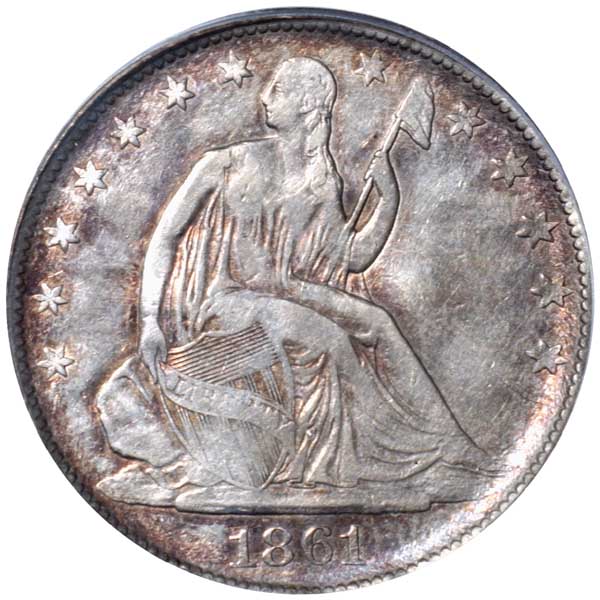1861 Confederate States Of America PCGS MS 62
Price: $16,500.00
Availability: in stock
Prod. Code: Historical
|
1861 C.S.A. half dollar. Restrike. MS-62 (PCGS). A lovely specimen of one of America's favorite coins, J.W. Scott & Company's 1879 restrike employing the reverse of the 1861 Confederate States of America half dollar stamped on a planed-down 1861-O regular issue half dollar taken from circulation. Accordingly, on all examples the grading is done by the reverse only, as the obverse always shows wear and is slightly flattened from the striking process. J.W. Scott and the CSA Restrikes |
 |
||||
 |
|||||

